There’s an urgent need to increase the biodiversity of sockeye salmon stocks in the Skeena watershed if they are to adapt to challenges like climate change, according to a study published today in the Journal of Applied Ecology.
The Skeena River, Canada’s second-largest salmon-producing watershed, enters the Pacific just south of Prince Rupert. Its tributaries include major salmon-bearing watersheds like the Bulkley, Babine and Kispiox, which support commercial, Indigenous and sport fisheries.
Yet researchers, drawing on 100-year-old fish DNA, say some unique sockeye populations that return to their home tributaries generation after generation to spawn, are at risk of dying out. This could result in a loss of unique characteristics, such as body size and how long they spend in the ocean.
The lack of diversity puts sockeye at a disadvantage when it comes to adapting to their environment, said lead author and Simon Fraser University PhD candidate Michael Price.
“As water temperatures warm, it could be that those that returned slightly later actually are better adapted to withstand warmer temperatures, and they will successfully reproduce to pass on those variants,” Price said.
“These individual spawning streams will continue to wink out if we don’t turn things around.”
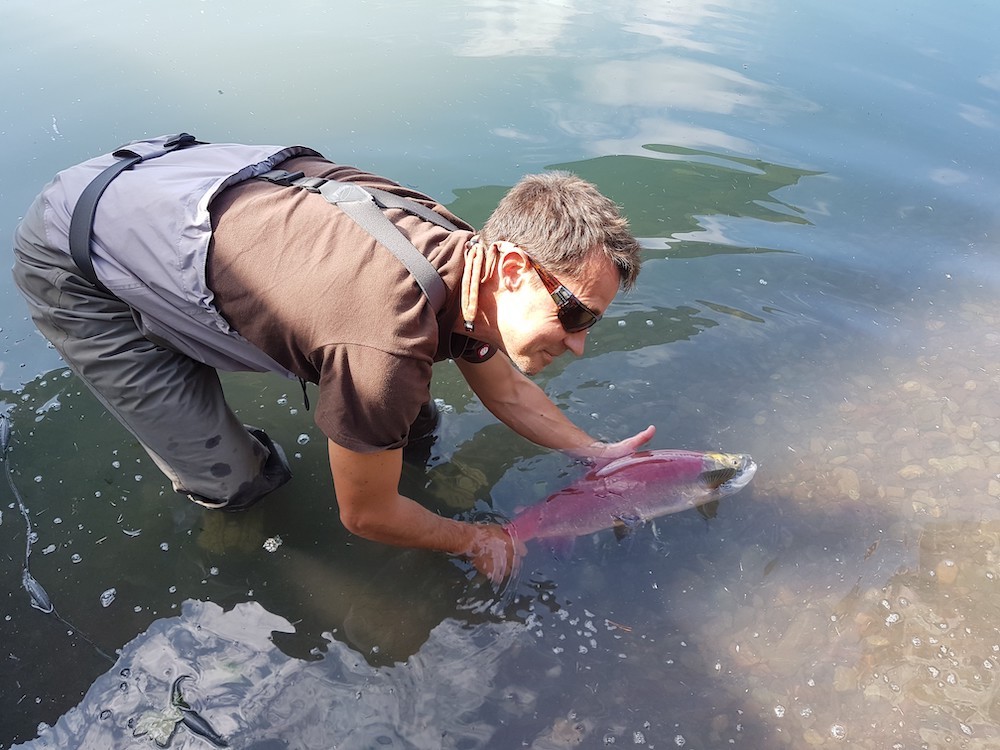
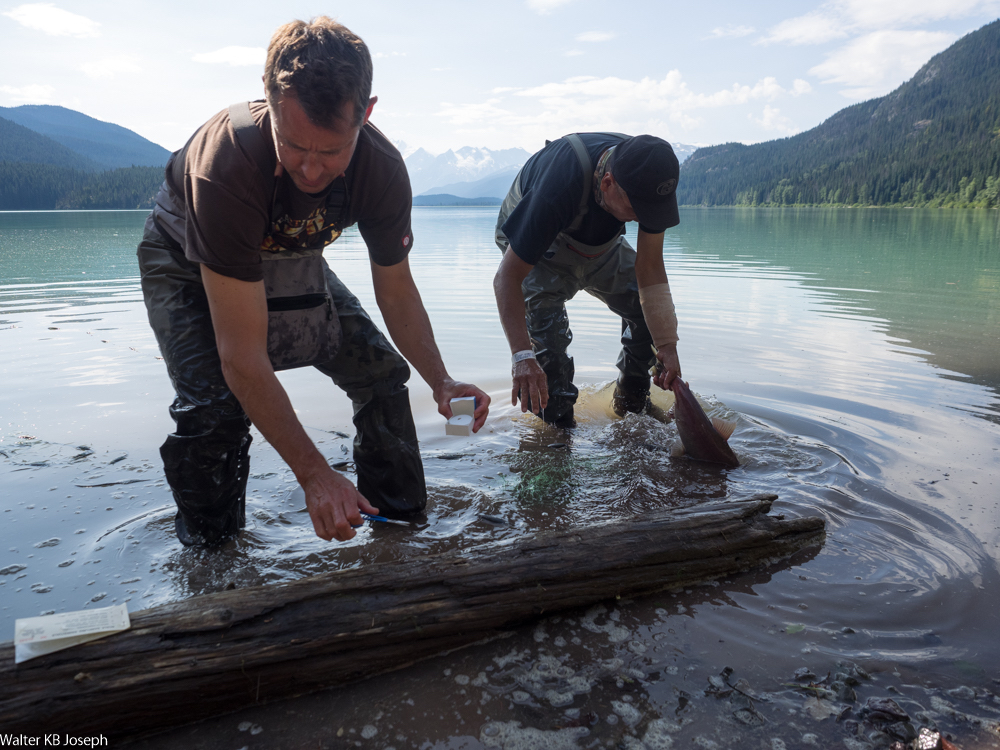
In order to support diversity in the Skeena’s sockeye salmon stocks, Price said there needs to be an end to coastal commercial fisheries and a move toward terminal fisheries upriver — those harvesting fish closer to where they spawn.
“We need to begin rebuilding the abundance of these wild populations that, in time, potentially could support terminal fisheries,” Price said. That means turning to local and First Nations fisheries, which are managed at the population level and harvest only healthy stocks.
“I argue that’s the most sustainable way to have a fishery,” he said.
Price’s research used DNA data from fish scale samples collected over more than a century. Most recently, the samples have been collected by Fisheries and Oceans Canada and First Nations monitoring programs over the past two decades.
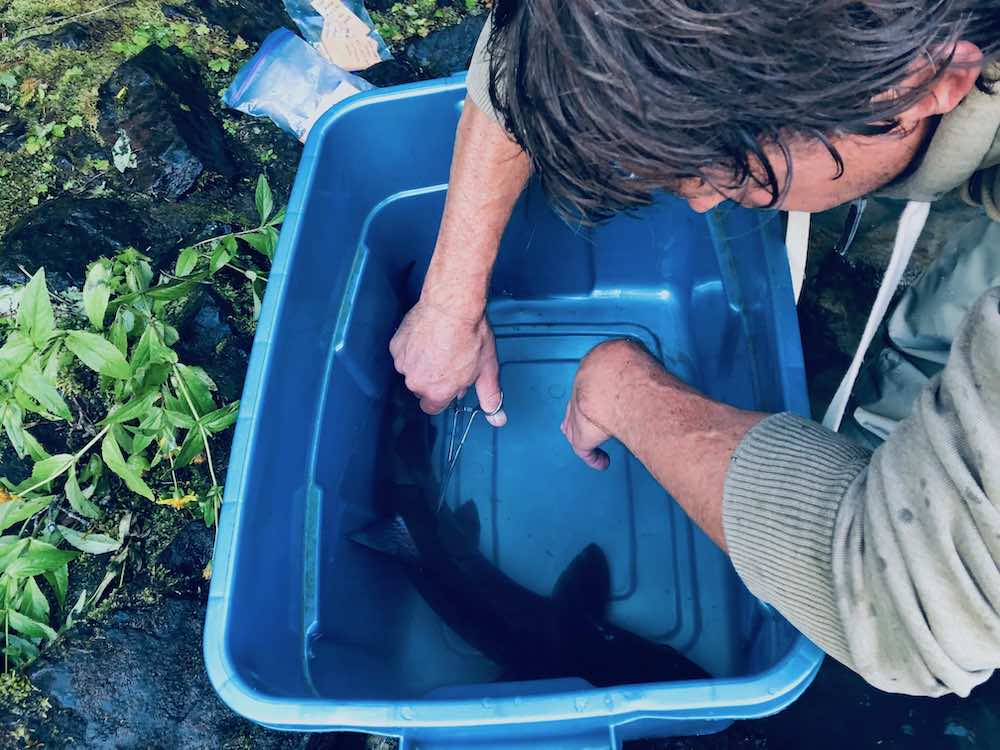
But a goldmine of data was found in sockeye scales collected early in the 20th century through a project started by fisheries biologist Charles Gilbert, who initiated scale collection in 1912 to learn more about the economically valuable species.
By the late 1910s, the project was collecting data from about 125 fish every three days over the annual two-month commercial fishing season. The project continued until 1947.
Though Gilbert’s methods were relatively unscientific by today’s standards, the project preserved a wealth of knowledge about salmon in the Skeena watershed.
“Back in the day, they just used a butter knife and took a scraping on the side,” Price says. The scrapings would then be smeared into notebooks, their slime and gore sticking the scales to the page.
This rudimentary method nonetheless gathered DNA secrets that have allowed Price and his team to open up a rich history of Skeena salmon population dynamics and study how they’ve shifted over time.
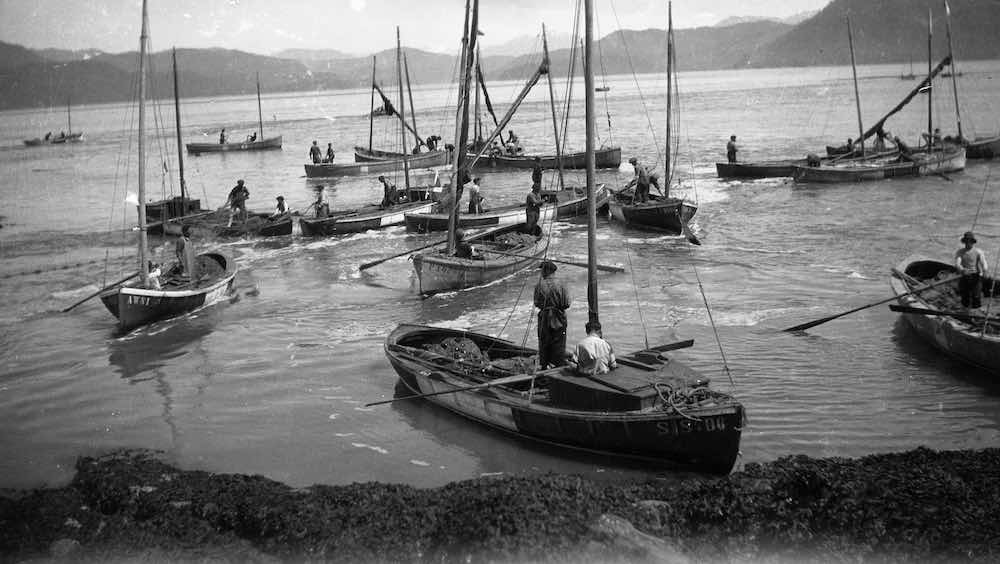
Through the DNA collected from the earlier and later years of Gilbert’s data and the past 20 years from federal and First Nations sampling, researchers identified genetically distinct populations from 13 main tributaries of the Skeena. The team is waiting on new technology that will allow them to study those populations in even greater detail, breaking the rivers into smaller tributaries.
Unfortunately, that data could be even more discouraging, Price said.
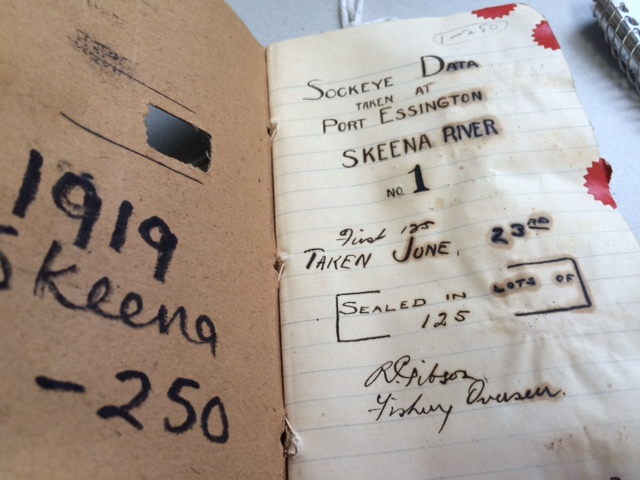
“That’s where I think we have lost a lot of our diversity, unfortunately, and the adaptive potential that these fish would have had to influences such as climate change,” he said.
According to Price, overall sockeye numbers in the Skeena are roughly what they were a century ago, based on estimates collected from a variety of sources throughout the watershed. However, wild sockeye population diversity in the Skeena has declined an average 70 per cent.
The severity of those declines differs by tributary, ranging from a 56 per cent loss of wild salmon in the Babine River to more than 90 per cent in the more remote Motase, Sustut and Slamgeesh rivers. In the watershed’s most far-flung tributaries — those located in the headwaters — populations have declined most dramatically, at an average of 93 per cent.
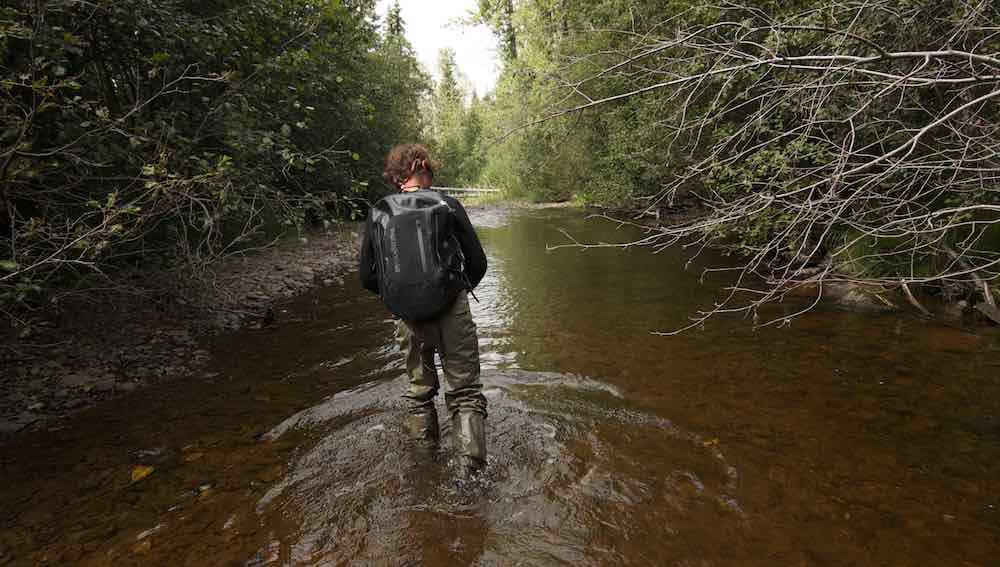
“Historically, sockeye in large abundances went to every corner of the watershed, but now those abundances have really contracted,” Price said.
Sockeye produced through enhancement projects, like artificial spawning channels and hatcheries, account for 70 per cent of returning sockeye in the Skeena. That gives an advantage to certain populations and means that even when stocks in the watershed appear strong, some regions may not see those returns.
It’s the reason why the Babine River population has rebounded after an initial decline early in the 20th century.
A century ago, the Babine accounted for 68 per cent of all wild sockeye returning to the Skeena, according to the study. That number dropped to less than half by mid-century, likely because of their unique size, Price speculates.
At the time, gillnetting on the coast favoured larger fish, meaning that those spending more time in the ocean were more likely to be caught. Babine sockeye spend four to five years on the coast before returning to spawn. For sockeye in the Bulkley and Morice rivers, known to the Wet’suwet’en as Wetzin’kwa, it’s even longer.
It meant that smaller sockeye, those that return sooner, were escaping the gillnets while larger populations were being depleted. In addition, longer lifecycles slow reproductive rates for those populations, further contributing to their decline.
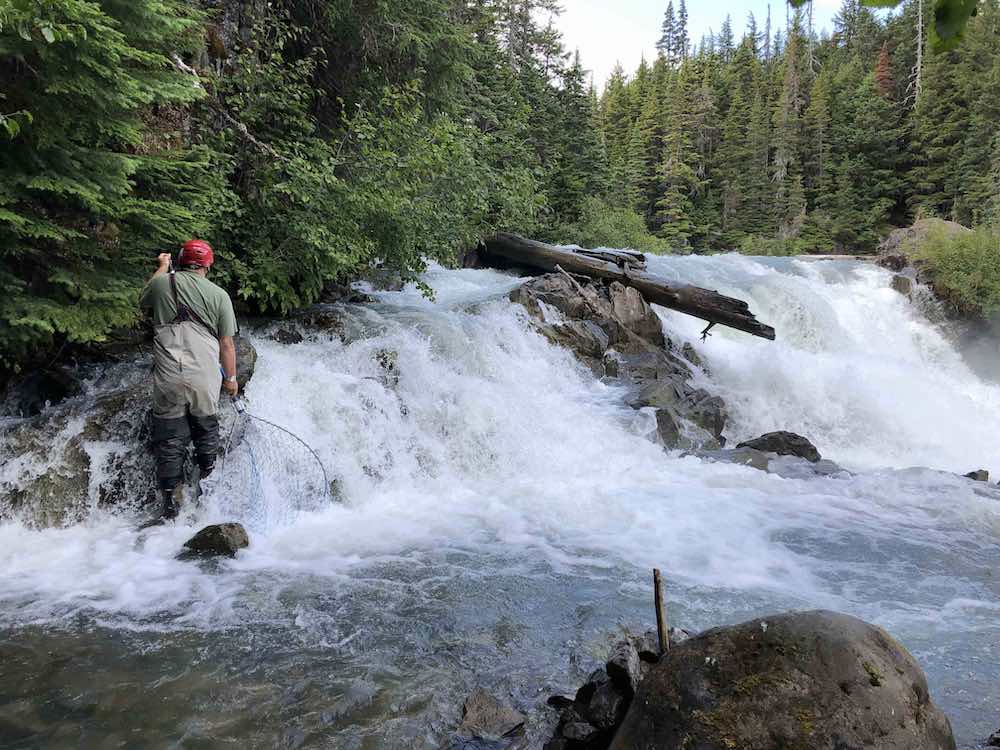
Today, the Babine wild sockeye account for 75 per cent of Skeena returns. That number jumps to 91 per cent when enhanced sockeye are included, those produced in spawning channels like Pinkut Creek and the Fulton River.
While they provide the numbers to justify a commercial fishery, they may also be contributing to a false sense of stability that further threatens diversity.
“Without the Babine population, there would certainly be no commercial fishery because of how wild populations have declined,” Price said.
Commercial, or “mixed-stock” fisheries on the coast harvest salmon indiscriminately, capturing primarily strong populations like those coming from hatcheries and spawning beds but also harvesting those from dwindling populations at risk of dying out, he said.
This means that some communities, like the Wet’suwet’en along Wetzin’kwa, have seen stocks plummet while commercial fishing on the coast continues. Some nations have had to suspend their food fisheries.
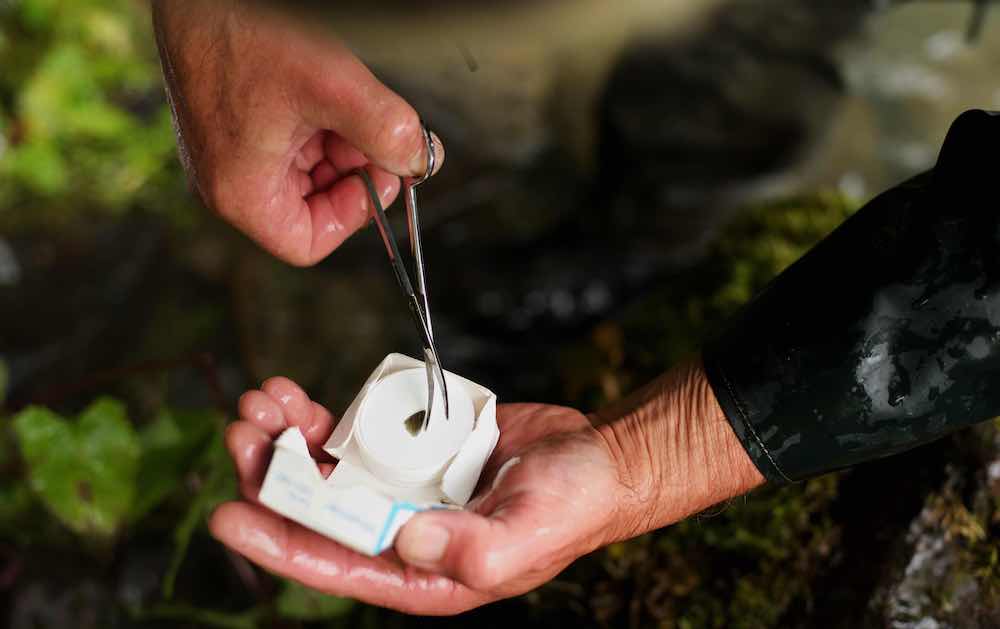
Donna Macintyre, fisheries director with Lake Babine Nation, calls the artificial spawning channels that flow into Babine Lake “a blessing and a curse.” While they feed Lake Babine’s people, they create a false understanding about the overall health of the watershed’s sockeye populations.
The nation has witnessed firsthand the loss of returns in small tributaries.
“We have our boots to the ground. I have three stream-enumeration teams that are out there counting the fish every eight to 10 days,” she said. “We count them basically one by one.”
Some years, there aren’t many to count, with barely 100 sockeye returning to smaller streams, she said. Last year, despite favourable weather conditions — cool and rainy — she said it was the lowest year yet for sockeye returns to tributaries on Babine Lake.
“I think Lake Babine Nation’s biggest concern is how the Department of Fisheries and Oceans manages the sockeye,” she said about the government looking at overall sockeye numbers, including those produced by enhancement projects. “Meanwhile, all of the fish that have fed everybody — miners, trappers, other First Nations, commercial fishermen, sports fishermen — those wild stocks are in the red zone, and we need to rebuild them.”
Terminal fisheries, those managing fish at the population level, are becoming more common, Price said, appearing in major salmon-producing watersheds like the Fraser and the Skeena. But in order for them to be a viable commercial alternative, those individual populations need to be revived.
“That would be the overall aim. You rebuild these populations to such an extent that you’re feeding local ecosystems, you’re feeding local communities and, yes, if there’s surplus then generate some economy based on the number of fish returning,” Price said.
“Locally based fisheries and Indigenous communities are best aligned to take that on, like their ancestors had done years ago.” ![]()
Read more: Indigenous, Environment



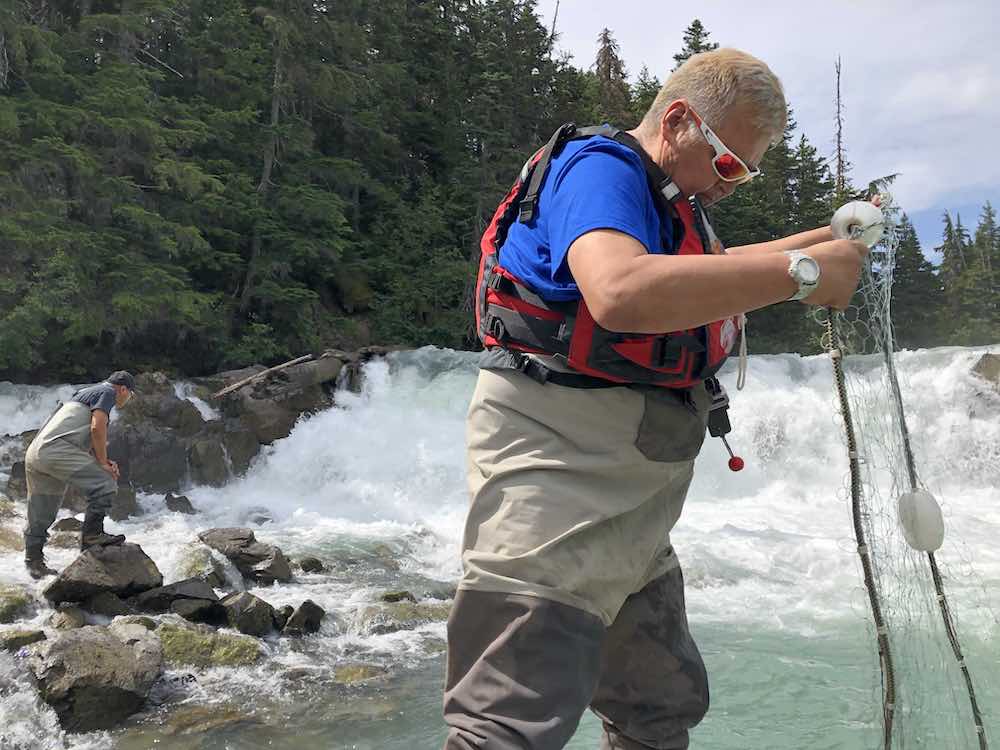












Tyee Commenting Guidelines
Comments that violate guidelines risk being deleted, and violations may result in a temporary or permanent user ban. Maintain the spirit of good conversation to stay in the discussion.
*Please note The Tyee is not a forum for spreading misinformation about COVID-19, denying its existence or minimizing its risk to public health.
Do:
Do not: